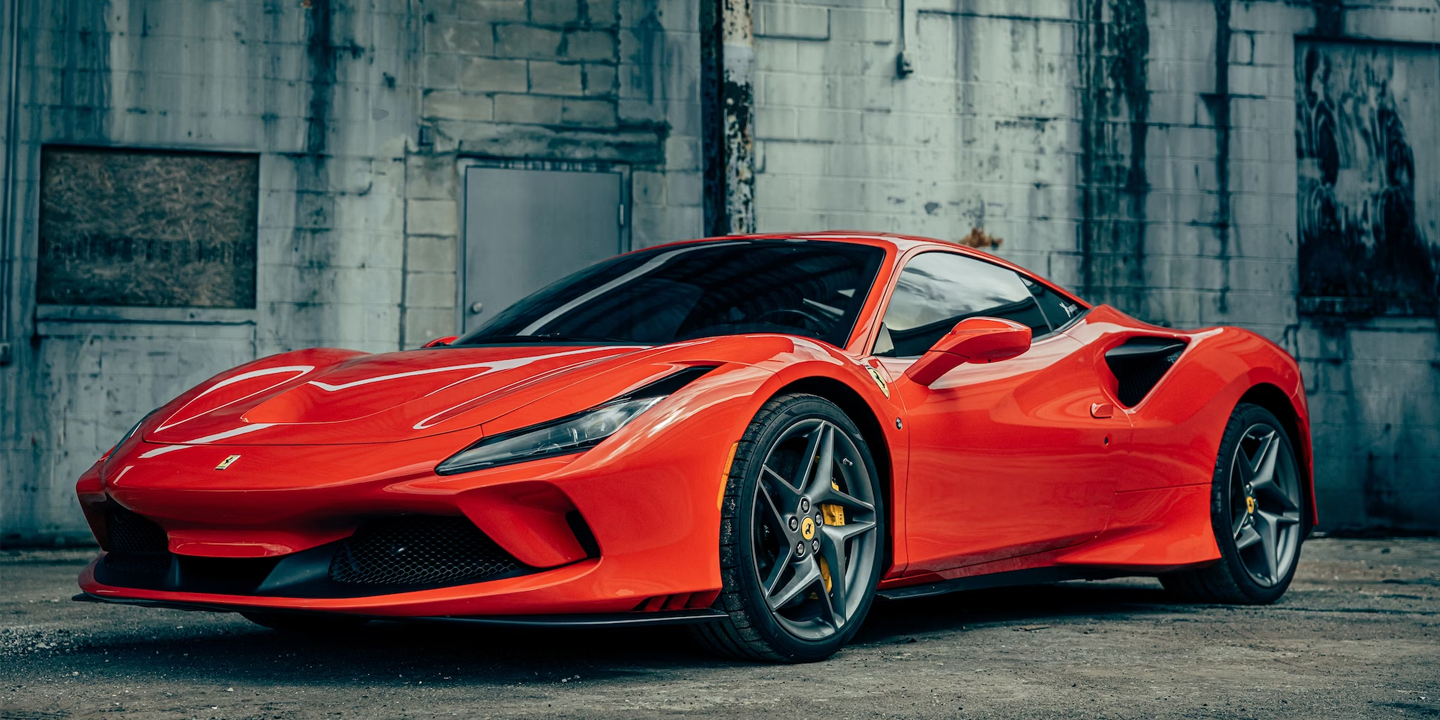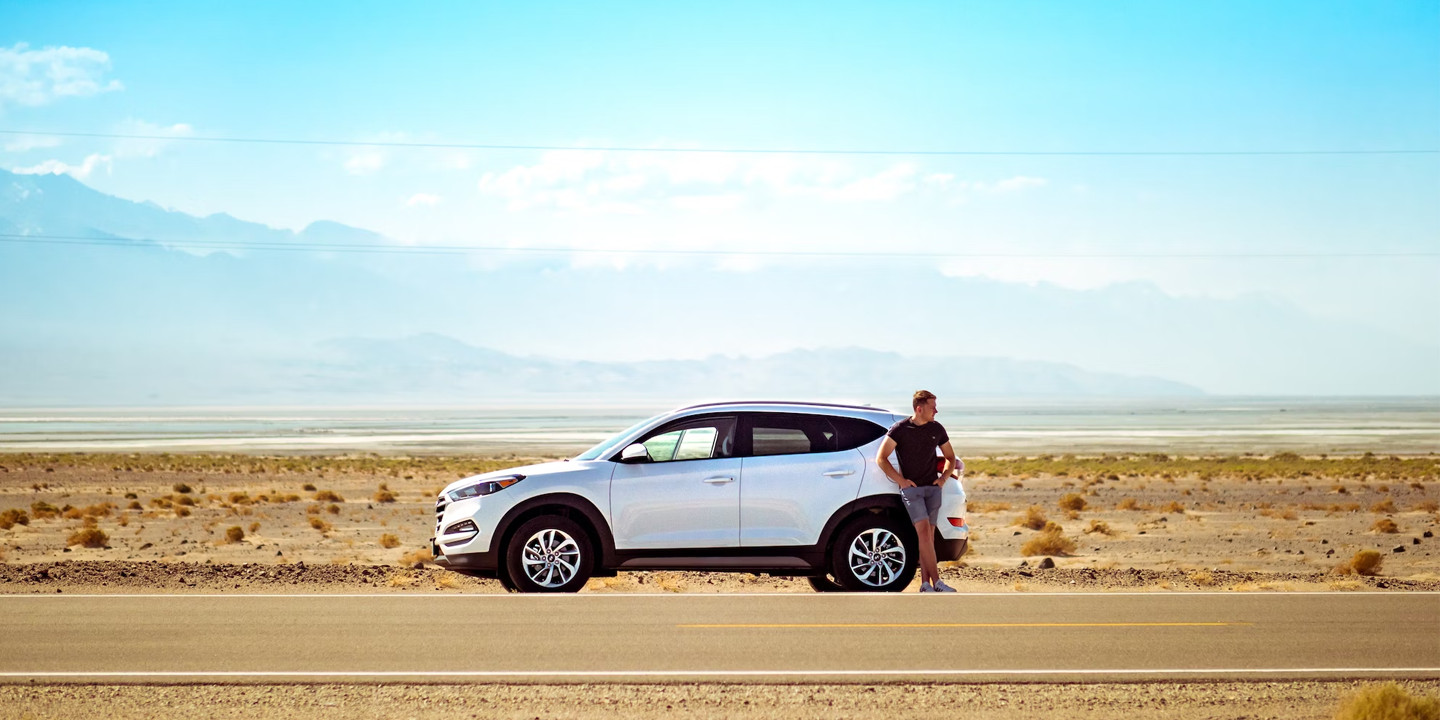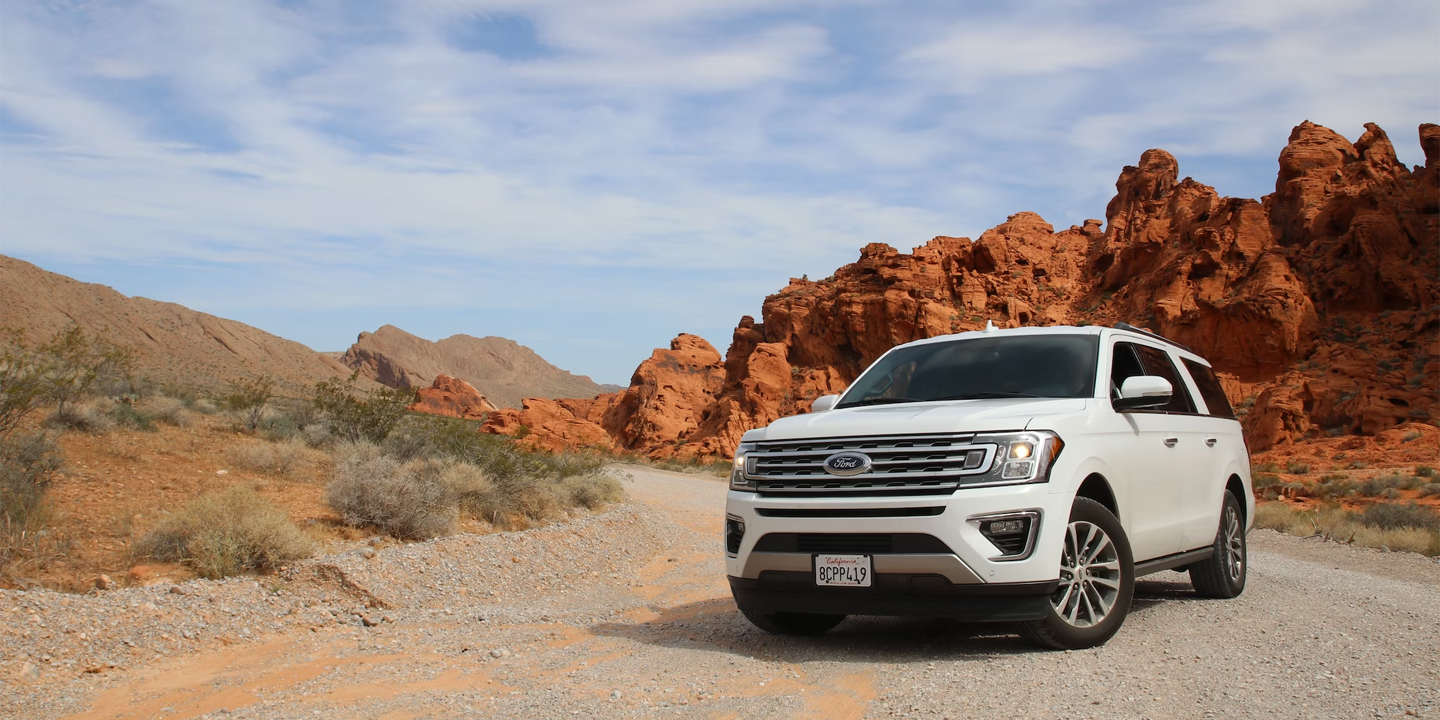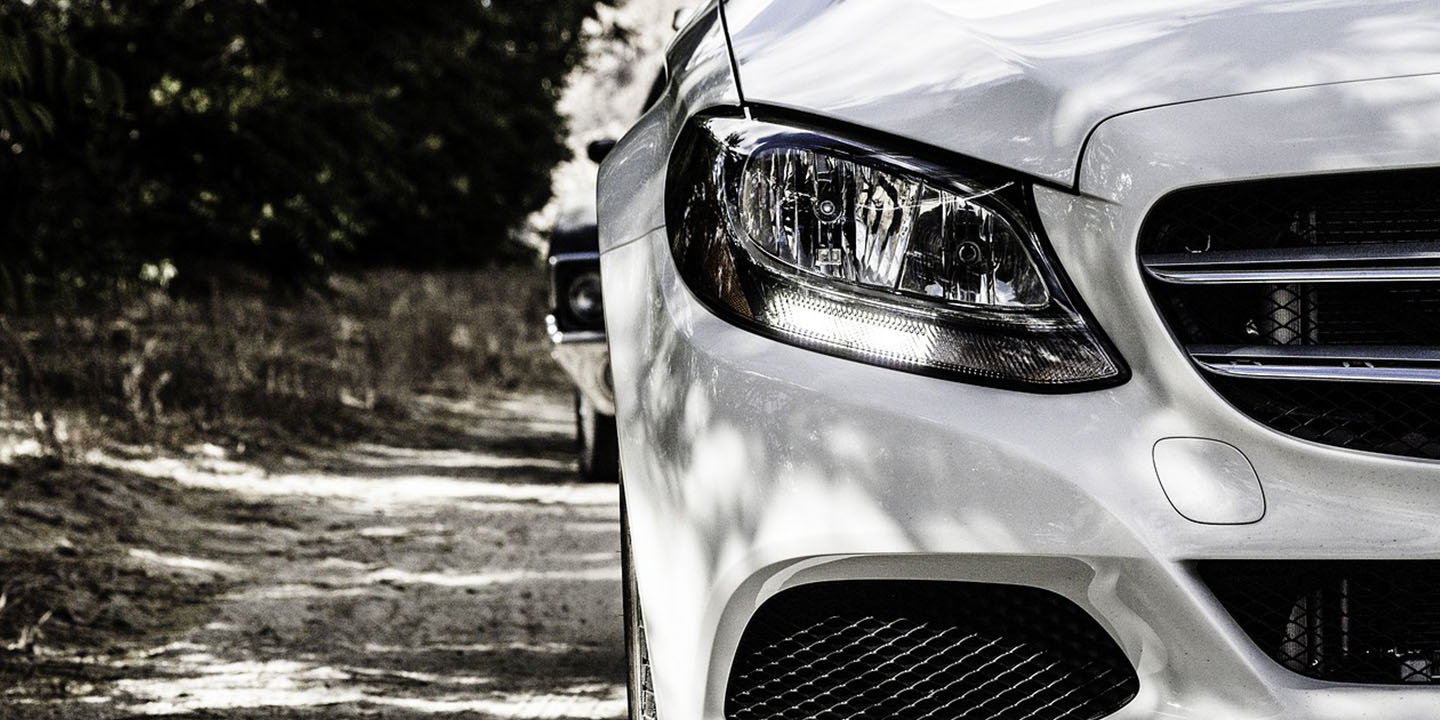Not Your Average Rides
Japanese automakers have slowly taken over the market with powerful efficiency and elegant design. Decades of groundbreaking innovations have shocked the automotive establishment and made Japan a powerhouse in worldwide car manufacturing. But not all Japanese cars are created equal—some are simply more innovative than others. So, here are 20 cars that redefined what was possible on four wheels.
1. Toyota 2000GT (1967)
When Sean Connery's 007 cruised through Tokyo in You Only Live Twice, the world did a double-take. Japan, making a supercar? The hand-built Toyota 2000GT silenced doubters with its 150 hp inline-six engine and drop-dead gorgeous styling. Only 351 were ever produced.
2. Mazda Cosmo Sport (1967)
Mazda engineers were told rotary engines couldn't work reliably. They disagreed. The Cosmo Sport hit the streets with the first-ever production twin-rotor Wankel engine. This smoothly revved up to 7,000 RPM while other cars were just struggling with their pistons.
 Tokumeigakarinoaoshima on Wikimedia
Tokumeigakarinoaoshima on Wikimedia
3. Nissan GT-R (R35) (2007)
The data didn't lie—Nissan's R35 GT-R was embarrassing supercars costing three times more around the Nürburgring. Called "Godzilla," this powerhouse comes with a custom-built 480 hp twin-turbo V6 engine. It also features a slick dual-clutch transmission and an advanced all-wheel-drive system that enhances performance.
4. Mazda 787B (1991)
Its banshee wail still echoes through Le Mans' history. The quadruple-rotor Mazda 787B remains the only Japanese car and the only rotary-powered car to have ever won the legendary 24-hour endurance race. Its reliability proved that unconventional engineering approaches could triumph over established racing wisdom.
 Andrew Basterfield on Wikimedia
Andrew Basterfield on Wikimedia
5. Toyota Prius (1997)
Toyota saw the future before anyone else did. The original Prius achieved 66 MPG through its revolutionary dual-motor hybrid system that could run on electric power alone, which was something inconceivable at the time. Its planetary gearset transmission is also advanced.
6. Honda NSX (1990)
Ayrton Senna helped fine-tune the NSX's handling at Suzuka Circuit. This mid-engine masterpiece had an all-aluminum monocoque, a design innovation that was not yet employed by Ferrari. Honda's engineering philosophy shattered the notion that supercars needed to be temperamental and maintenance-intensive.
7. Nissan Leaf (2010)
Before Tesla became a household name, Nissan gambled billions on the humble Leaf. This was the first mass-produced, purpose-built electric vehicle for global markets. Its air-cooled 24 kWh battery delivered approximately 73 miles of real-world range. Critics laughed, but Nissan knew electrification was inevitable.
 User: KF6OAK (Richard Kelly) on Wikimedia
User: KF6OAK (Richard Kelly) on Wikimedia
8. Mazda MX-5 Miata (1989)
"Jinba Ittai", horse and rider as one, guided the Miata's development. Lightweight, affordable, and impossibly fun, this 116 hp roadster resurrected a category everyone thought dead: the simple sports car. Engineers obsessed over details like the specific sound of the shifter clicking into gear.
9. Aspark Owl (2020)
The Aspark Owl, Japan's first electric hypercar, accelerates so violently that it challenges human physiology. Four electric motors produce a combined 1,985 horsepower in a carbon monocoque weighing just 4,188 pounds. Literally, a small Japanese engineering firm could leapfrog established supercar makers.
10. Subaru Outback (1994)
"It's a car! It's a wagon! It's an SUV!" Nobody quite knew how to categorize the original Outback when it arrived with its raised suspension and rugged body cladding. Paul Hogan's Crocodile Dundee commercials rightly promised adventure without the fuel consumption of traditional SUVs.
11. Honda Insight (1999)
The original Insight was amazing, achieving an incredible EPA rating of 70 mpg on the highway. With its teardrop shape and rear wheel skirts, this aluminum hybrid also nailed a drag coefficient of just 0.25. Honda’s engineers made it look a bit quirky for the sake of efficiency.
12. Toyota Mirai (2014)
Fill it with hydrogen, and it emits only water vapor. Toyota spent billions developing fuel cell technology when most automakers dismissed it entirely. Despite infrastructure challenges, Toyota's engineers solved the problems of safely storing hydrogen at 10,000 psi in this consumer vehicle.
 Toyota mirai.JPG: Turbo-myu-z
derivative work: Mariordo on Wikimedia
Toyota mirai.JPG: Turbo-myu-z
derivative work: Mariordo on Wikimedia
13. Lexus LS400 (1989)
Toyota assigned 1,400 engineers to "Project F1". Not to build a race car, but to create the perfect luxury sedan. After 450 prototypes and six years of development, the result shocked the automotive world. Wind noise was virtually nonexistent at 70 mph.
14. Nissan Skyline GT-R (R32) (1989)
Its dominance was so complete that Australian racing authorities changed their rules just to stop it. The R32 GT-R won 29 consecutive races in the Japanese Touring Car Championship. This technological tour de force introduced ATTESA E-TS all-wheel drive and HICAS four-wheel steering systems.
15. Honda Civic CVCC (1975)
While American automakers claimed clean emissions were impossible without catalytic converters, Honda's Compound Vortex Controlled Combustion engine proved them wrong. The CVCC's innovative prechamber design allowed it to meet strict emissions standards. All of this, while delivering excellent fuel economy.
 Greg Gjerdingen from Willmar, USA on Wikimedia
Greg Gjerdingen from Willmar, USA on Wikimedia
16. Toyota Crown (1955)
Japan's first mass-produced passenger car wasn't built to impress internationally. It was built to work on Japan's rough post-war roads. The Crown's sturdy construction featured a double-wishbone front suspension. Apparently, engineers tested prototypes on the treacherous Hakone mountainous region for 100,000 kilometers.
17. Mitsubishi i-MiEV (2009)
Before most manufacturers had even considered mass-market EVs, Mitsubishi was already selling them globally. The tiny i-MiEV could travel about 62 miles on its 16 kWh lithium-ion battery. Its rear-mounted electric motor and rear-wheel-drive platform maximized interior space in a kei car footprint.
18. Honda S2000 (1999)
Honda's celebration of its 50th anniversary came in the form of engineering extremes. The naturally aspirated 2.0L engine produced 240 hp without the use of a turbocharger. Additionally, this automobile’s 9,000 RPM redline seemed impossible for a reliable road car.
 Jeremy from Sydney, Australia on Wikimedia
Jeremy from Sydney, Australia on Wikimedia
19. Mazda RX-7 FD3S (1992)
The third-generation RX-7's curvaceous body housed engineering brilliance with its sequential twin-turbocharger system. This was the first in a production car. Its complicated vacuum hose system controlled the sequential turbo switching, eliminating traditional turbo lag and delivering smooth power.
20. Subaru 360 (1958)
"Cheapy and ugly," Subaru accepted this slogan to sell Japan's first truly affordable people's car. Weighing around 1,000 pounds and powered by a tiny two-stroke engine, the 360 met the kei car tax regulations. It provided affordable transportation for Japan's growing middle class.






















